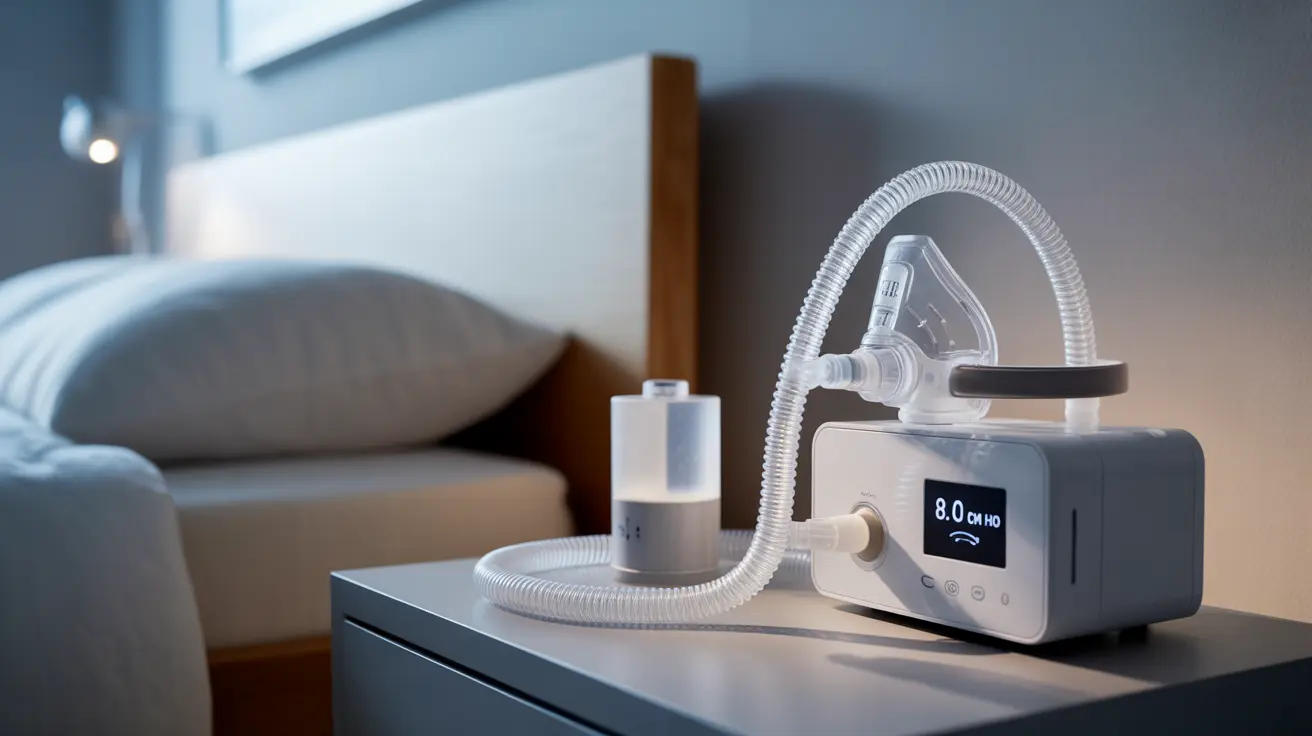Nasal CPAP (Continuous Positive Airway Pressure) therapy represents a groundbreaking treatment approach for individuals struggling with sleep-disordered breathing, particularly obstructive sleep apnea. This non-invasive therapy has transformed the lives of millions by delivering a continuous stream of pressurized air through the nose, helping maintain open airways during sleep.
Understanding how nasal CPAP works and its potential benefits is crucial for anyone considering this treatment option. This comprehensive guide will explore everything you need to know about nasal CPAP therapy, from its basic principles to practical tips for successful use.
Understanding Nasal CPAP Therapy
Nasal CPAP therapy works by delivering pressurized air through a specialized mask that fits over the nose. This constant air pressure helps keep the upper airway passages open, preventing the collapse that causes sleep apnea episodes. The therapy is particularly effective because it addresses the root cause of obstructive sleep apnea rather than just treating symptoms.
Components of a Nasal CPAP System
A typical nasal CPAP setup includes several key components:
- The CPAP machine (the main unit that generates pressurized air)
- A nasal mask or cushion
- Adjustable straps to secure the mask
- A flexible hose connecting the mask to the machine
- Filters to ensure clean air delivery
- Optional humidifier attachment
Benefits of Nasal CPAP Treatment
Regular use of nasal CPAP therapy can lead to significant improvements in both sleep quality and overall health:
- Reduced daytime sleepiness
- Improved concentration and mental clarity
- Lower blood pressure
- Decreased risk of cardiovascular problems
- Better emotional stability
- Enhanced quality of life
Common Challenges and Solutions
While nasal CPAP therapy is highly effective, some users may encounter initial challenges:
Mask Discomfort
Finding the right mask fit is crucial for comfort and treatment effectiveness. Working with a sleep specialist to select and properly adjust your mask can significantly improve your experience.
Nasal Congestion
Using a heated humidifier and keeping your equipment clean can help reduce nasal congestion and dryness. Some users may benefit from nasal saline sprays before bedtime.
Adjustment Period
It's normal to need time to adjust to sleeping with a CPAP machine. Starting with shorter periods of use during daytime naps can help ease the transition.
Tips for Successful CPAP Use
Maximizing the benefits of your nasal CPAP therapy requires consistent use and proper maintenance:
- Clean your equipment regularly according to manufacturer guidelines
- Replace filters and masks as recommended
- Maintain a consistent sleep schedule
- Create a comfortable sleep environment
- Keep your sleep specialist informed of any issues or concerns
Frequently Asked Questions
What is nasal CPAP therapy and how does it help with obstructive sleep apnea?
Nasal CPAP therapy delivers continuous pressurized air through a nasal mask to keep your airways open during sleep. This prevents the collapse of throat tissues that causes sleep apnea, allowing for uninterrupted breathing throughout the night.
Who is a good candidate for nasal CPAP treatment?
Ideal candidates for nasal CPAP therapy include individuals diagnosed with moderate to severe obstructive sleep apnea, those who prefer non-surgical treatment options, and patients who can commit to regular device use. Your sleep specialist will determine if you're a suitable candidate based on your sleep study results and medical history.
What are the common benefits people experience when using nasal CPAP regularly?
Regular CPAP users often report improved sleep quality, reduced daytime fatigue, better concentration, normalized blood pressure, decreased risk of heart problems, and enhanced overall quality of life. Many users notice significant improvements within the first few weeks of consistent use.
What side effects or challenges should I expect from using nasal CPAP?
Common initial challenges include mask discomfort, nasal congestion, dry mouth, skin irritation, and difficulty adjusting to the pressure. Most of these issues can be resolved through proper mask fitting, humidity adjustment, and gradual adaptation to the therapy.
How can I improve comfort and adherence when using a nasal CPAP machine at night?
To improve comfort and consistency, try using a heated humidifier, ensure proper mask fit, start with lower pressure settings (as prescribed), practice good sleep hygiene, and gradually increase usage time. Regular cleaning and maintenance of your equipment also helps ensure optimal comfort and effectiveness.




